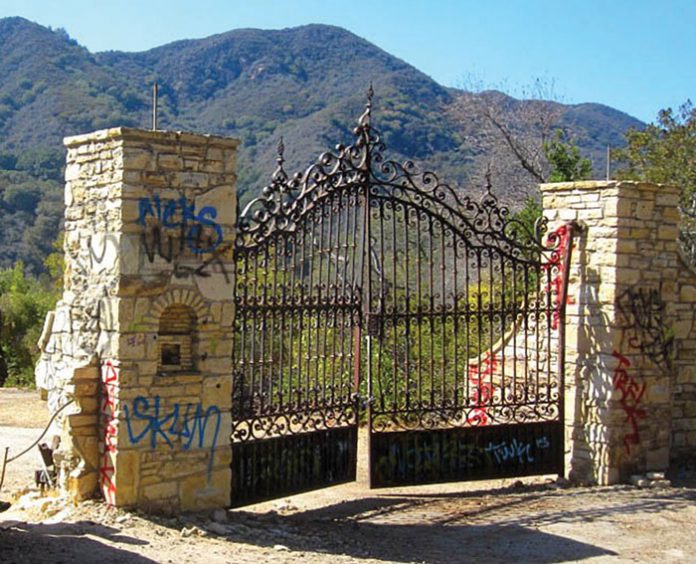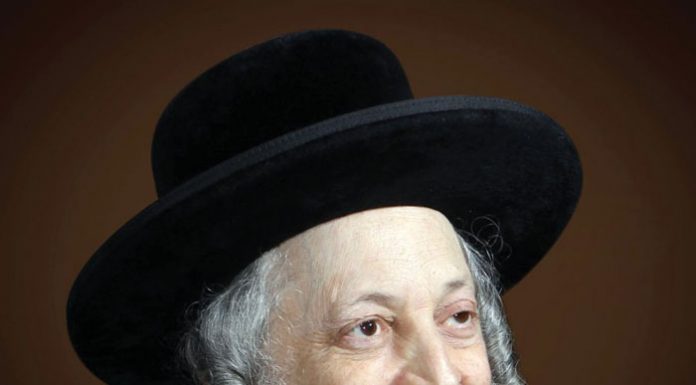A series of FBI raids, a mysterious fire and a subsequent flood would lay waste to most of what remained of one of the boldest Nazi schemes on American soil during World War II. The fruits of a decade-long construction project, much of the plan is still steeped in mystery.
Tucked away in the cavernous mountains of Southern California—some 6,000 miles away from Hitler’s official residence in Munich—a large compound was being built in Rustic Canyon. Shielded by steep cliffs and the flourishing foliage of Santa Monica’s rocky terrain, the foundation for what they hoped would be a future base for their activities was laid down in a collaborative effort by German and American Nazis.
But there is one building in particular, a massive structure right in the center of the complex, that has perplexed historians for decades. Was that edifice supposed to be a summer home for Hitler? Was the town planned as an alternate capital from which the Nazis would rule the Americas once the war was over?
We may never know, since, happily, the Nazis weren’t victorious, and 70 years later, only a handful of these structures remain, in various stages of decay.
It isn’t every day that one gets to visit a place where the Nazis would have actively planned the destruction of American Jewry. Then again, it’s infinitely better for a Jew to search the rubble of a failed Nazi compound than the other way around.
Murphy Ranch: The Way It Looks Today
The drive itself is quite uncomplicated. I park the car on Capri Drive, a residential street alongside the mountain. From there, I proceed on foot.
Contrary to what one would expect, there isn’t a single sign indicating the existence of this historic site. Surely, I imagine, the crumbling remains of such an oddity would be of interest to hikers. But most of the people I ask have never heard of it. I figure that either Murphy Ranch is much more of a secret than I had originally thought, or else it doesn’t exist altogether.
The person who provides me with the most accurate directions (and they aren’t very accurate) is a landscaper who is busy in a nearby yard. It seems that he has been working there long enough to know what I am talking about. And so, armed with a water bottle, my friend Naftali and I start walking up a dirt road.
Naftali, who grew up just a few miles from Rustic Canyon, refuses to believe that a Nazi settlement could be so close to the homes of so many Jews who don’t know about it. He insisted that I let him tag along, which works out very well because he knows a thing or two about hiking.





















